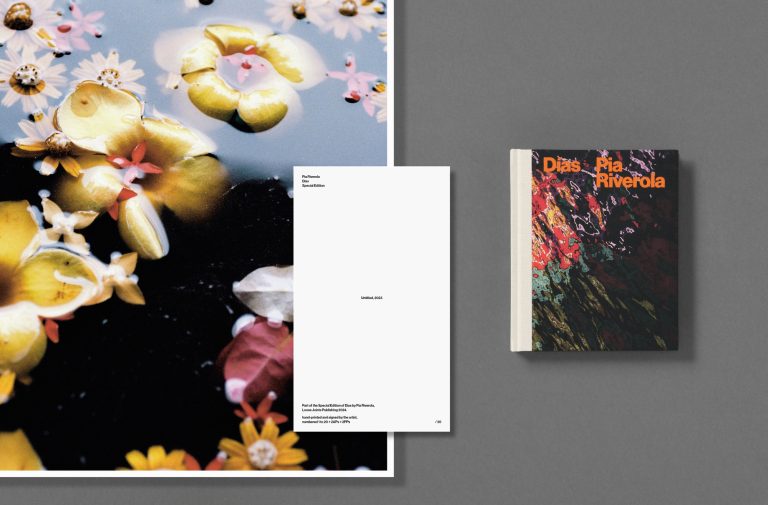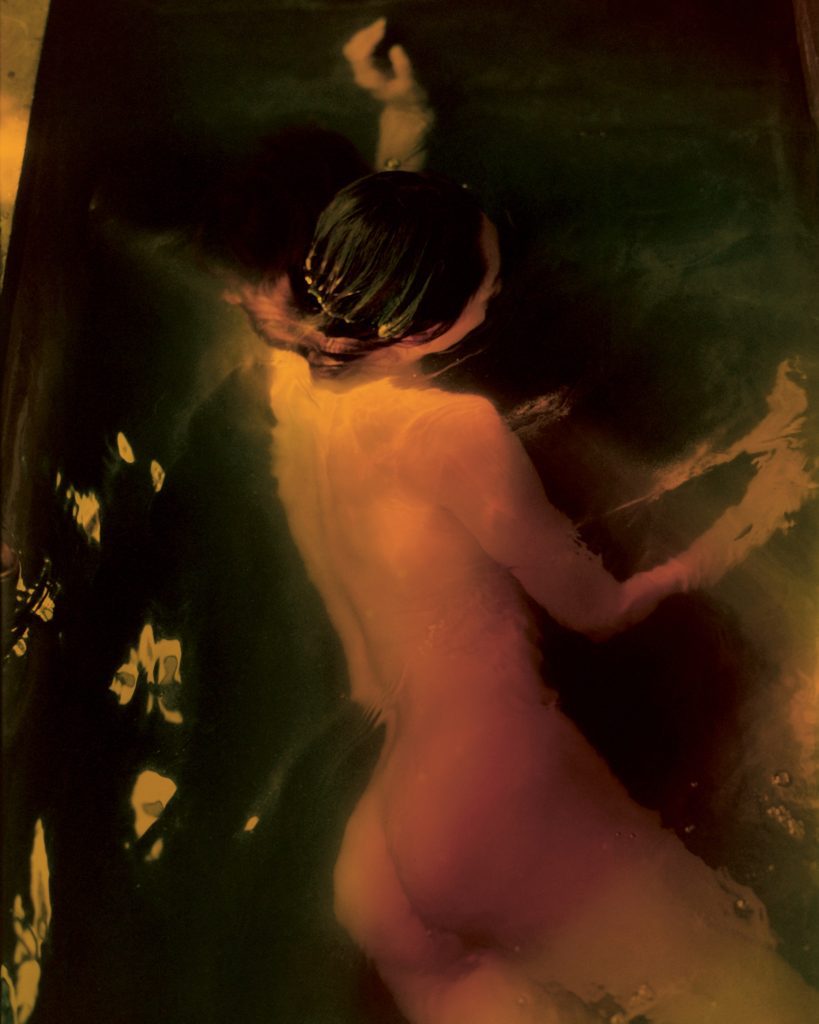
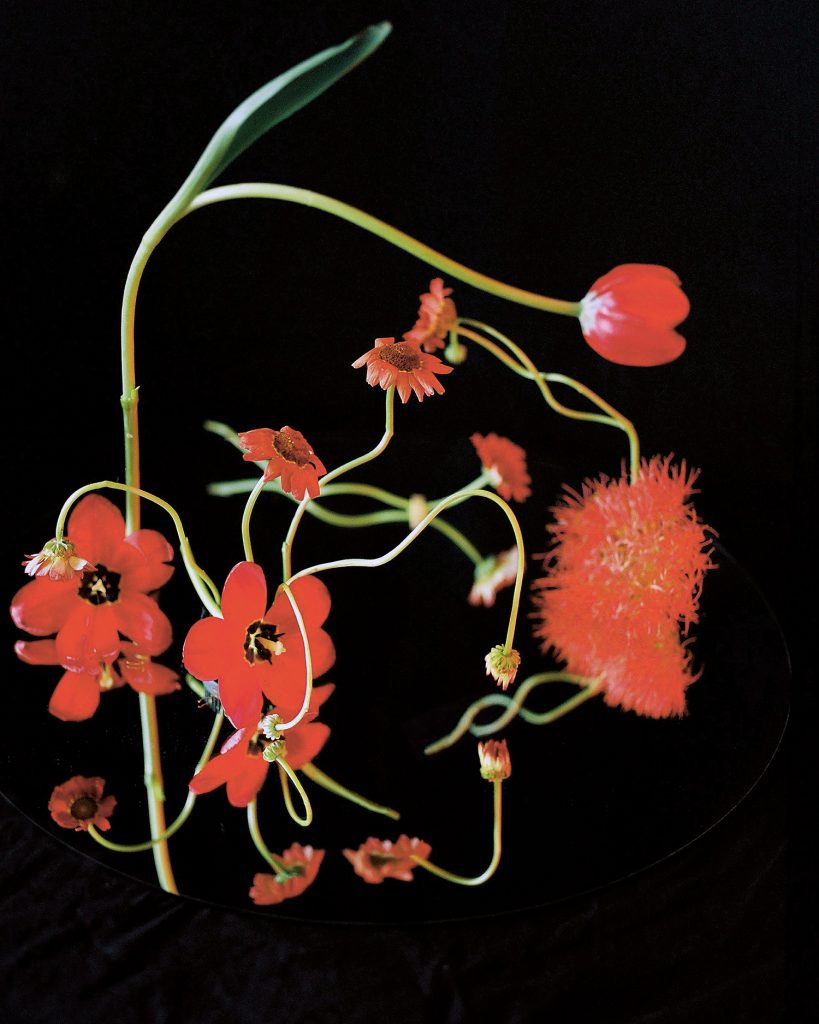
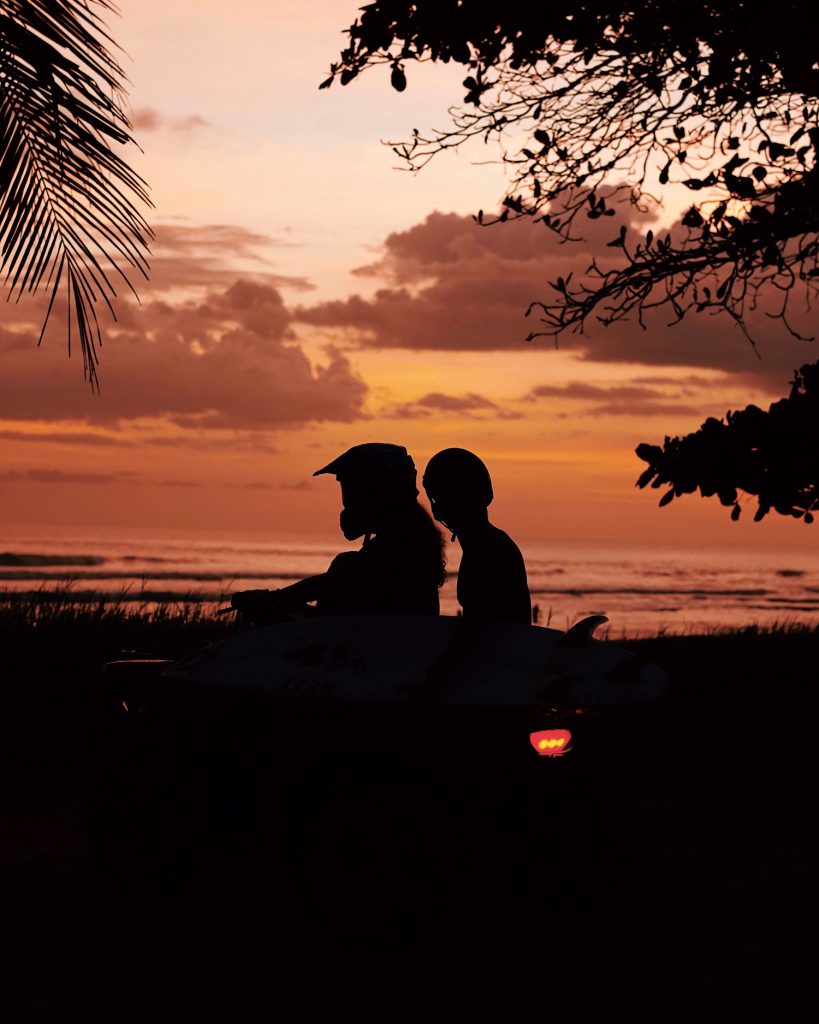
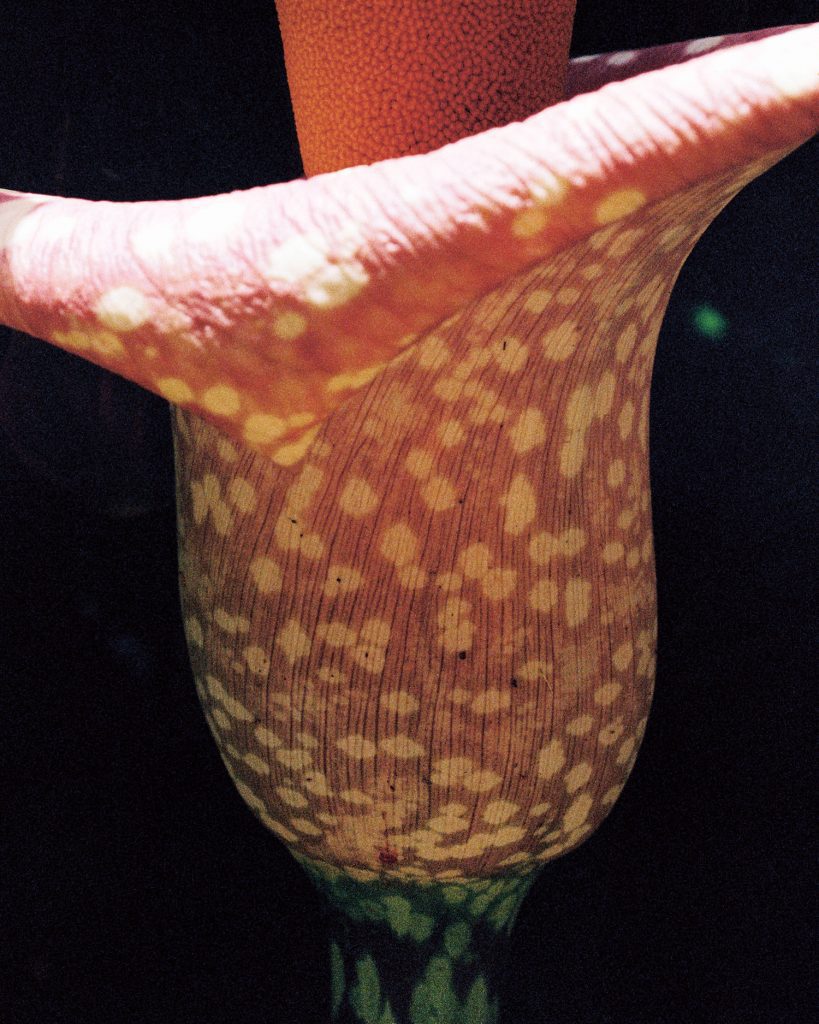
Pia Riverola, the photographer who transforms the mundane into the magical, presents Días, a visual story spanning six years of her travels across the globe. With each image, Riverola captures the lingering beauty of daily life, from the sun-dappled streets of Italy to the serene landscapes of Japan. Días isn’t just a photo book — it’s an intimate exploration of time, memory and the subtle moments that often go unnoticed.
hube: Photography often involves observing and documenting the lives of others. How do you navigate the ethical considerations of being an observer, and what responsibilities do you believe photographers have towards their subjects?
Pia Riverola: Gesture language is important, taking the time to read into people or situations, out of respect for the subject and culture, but also because I’m drawn to a certain type of character, so most of the time, I like to take the time. I enjoy having conversations and getting a glimpse of the personality of the person I’m capturing. Connection with the subject is reflected in photography and brings joy to both sides. I’m genuinely interested in the moment, and I capture it after.
h: How do you balance subjectivity and objectivity in your work? Do you strive for a neutral representation of your subjects, or do you embrace your personal perspective and biases?
PR: I’ve always thought that neutrality in art is really complicated and, for me, sometimes unachievable. Context and mood always play a role. It might not be obvious to me at the moment it’s happening, but it can be recognised after a while. Personally, I’ve had emotional times in which my imagery is quiet, colours are more muted, and I unconsciously search for something that I can connect to or relate to; other periods of change and challenge in which the strength, energy, and vibrancy can be felt in the photos as well.
h: Do you view photography as a form of language? If so, how do you use this language to communicate complex ideas and emotions that might be difficult to express through words?
PR: I use photography as a tool to communicate. I try my best to be honest and reflect on the reality that I experience in my surroundings. Storytelling is important; understanding the subjects and the background of what I’m capturing is something I always try to achieve.
